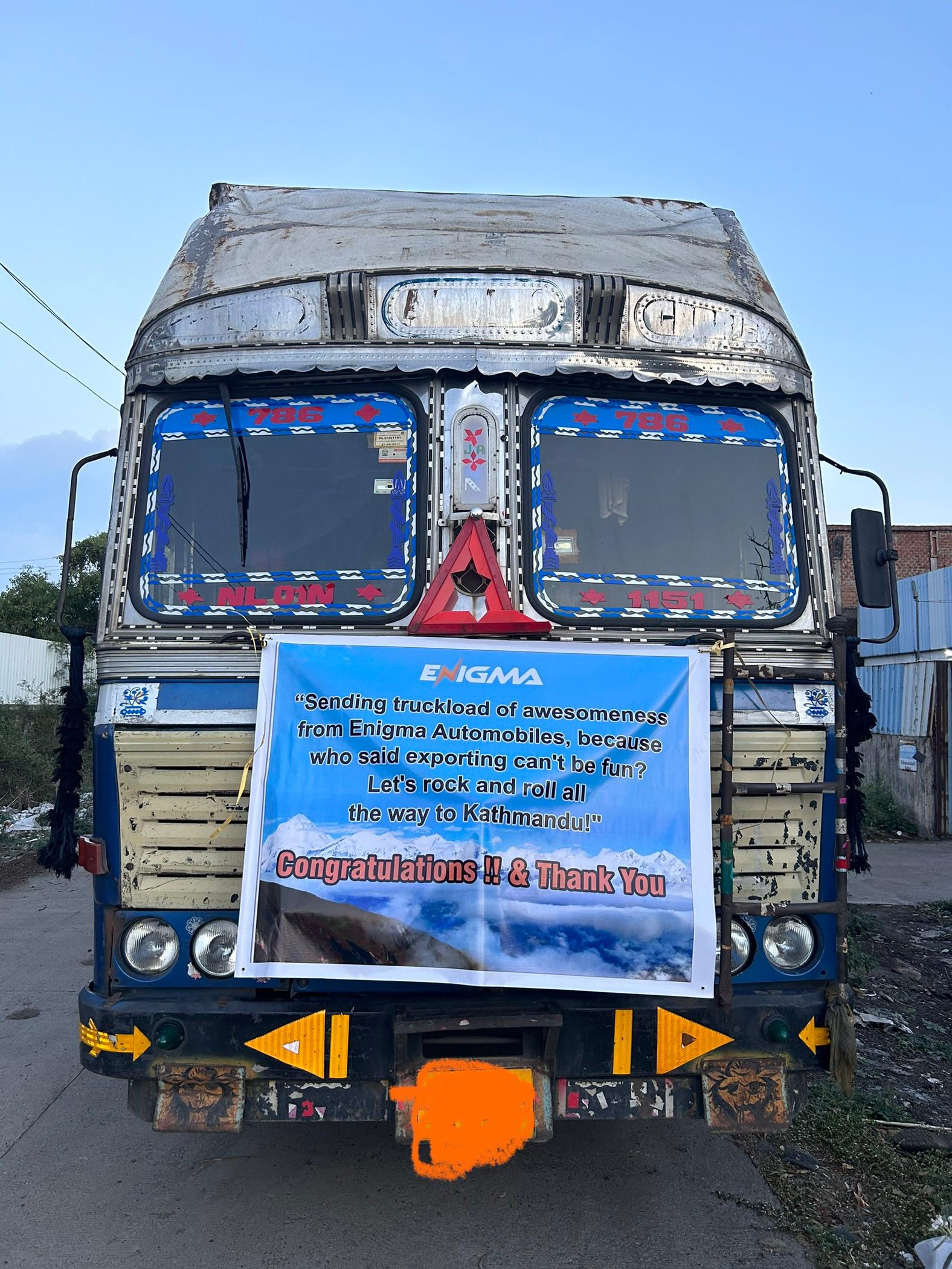
Last-mile & fleet electrification: How delivery & rentals are accelerating India’s e-two-wheeler boom
Last-mile & fleet electrification: How delivery & rentals are accelerating India’s e-two-wheeler boom
As India speeds up its transition to electric mobility, one of the clearest growth engines has emerged in the last-mile and fleet segments. Aggregators, rental companies, gig-economy delivery businesses, and micro-logistics operators are increasingly adopting electric two-wheelers (e-2Ws) for their cost, environmental, and operational advantages. This trend is shaping market economics, policy actions, and infrastructure investment in tangible ways.
Cost economics are favoring e-fleets
Electric two-wheelers are becoming increasingly competitive when compared to their internal combustion engine (ICE) equivalents, especially in fleet and delivery use cases which require high utilization. According to CRISIL, e-2Ws under current subsidy regimes report total cost of ownership (TCO) roughly 20% lower than petrol variants—down from about 32% savings under earlier, more generous subsidies.
Running costs are a big part of that advantage. Fleet operators report fuel/diesel costs for petrol bikes at about ₹2.00-₹2.25 per km, whereas electricity-based operation works out to roughly ₹0.25-₹0.30 per km in many cases. Over high usage (say >10,000-15,000 km/year), that savings becomes very meaningful.
Even when annual usage is relatively modest (around 6,000 km/year) for two-wheelers, CRISIL data suggests that parity in ownership costs vs ICE vehicles is being achieved. For three-wheelers, similar parity comes at higher usage (≈20,000 km/year).
Operational & infrastructure challenges
Despite the promising economics, several practical challenges remain for fleet electrification:
- Charging / depot infrastructure: Fleets need reliable charging (or battery swapping) at depots, with fast turnaround times. The lack of sufficient depot chargers or swapping stations in many cities increases operational downtime.
- Electricity tariffs & grid connectivity: Predictable tariffs and reliable supply are essential; sudden tariff hikes or weak grid infrastructure can upend fleet models.
- Servicing & maintenance network: Though EV powertrains are mechanically simpler, they require specialized repair, component availability (e.g. batteries, controllers), and timely service, especially for fleets operating 24/7.
- Regulatory friction & approvals: High-tension (HT) connectivity for depot chargers, permits for charging infrastructure, and sometimes municipal or state policy lacunae create delays. Incentives or exemptions (for registration, priority taxing, etc.) are uneven across states.
Use-case variety & business model innovation
Fleets are not monolithic. Different use cases bring distinct requirements:
- Delivery & gig economy: Food, e-commerce, and hyperlocal businesses need bikes that can run long hours per day, fast charge or swap, minimal downtime, robust tracking, and low maintenance.
- Rental & shared mobility: Rentals (short term, app-based) need frequent usage, good reliability, and warranties. They also need systems for fleet management, battery health monitoring, and insurance.
- Corporate & institutional fleets: Might use e-2Ws for internal campus mobility, patrolling, or security. These use cases often prioritize compliance, safety, predictable schedules over sheer usage
Emerging models like Battery-as-a-Service (BaaS), vehicle subscriptions, and leasing are being used to reduce upfront cost burdens for fleet operators. Such models often bundle in battery replacement, maintenance, insurance. They help avoid large capital outlays and can allow fleets to scale more rapidly.
Market scale & policy nudges
- Sales growth & market penetration: In FY25, more than 1.14 million electric two-wheelers (scooters + motorcycles) were sold in India—this is the highest ever number in that category, driven significantly by delivery, rental, and supportive policy regimes.
- Future potential: Studies by CRISIL and others anticipate that e-2Ws may reach 15% penetration of two-wheeler sales by around FY2026, even without subsidies, helped by falling battery costs, greater localization, and more affordable models.
- Policy & scheme support: The PM E-DRIVE scheme with its subsidy budget (≈ ₹10,900 crore) and newer state policies are offering incentives for both individual e-2W buyers and commercial users. Some state governments are now increasing subsidies, easing permitting for depot charging, and planning grid upgrades. Moreover, recent guidelines under the Ministry of Power / BEE / BIS require that many public charging stations satisfy minimum output and connector-type standards (though many fleets still rely on private or depot solutions).
What needs to happen for sustainable scaling
- Infrastructure focus near logistics hubs: Charging or swapping depots need to be located close to high-density delivery zones to minimize dead-heading. Prioritize HT connections and smooth approval processes.
- Standardization: Battery format, connectors, charging speed, and battery management standards should be more uniform to reduce maintenance/disruption costs.
- Blended financing & business models: Encourage BaaS, leasing, subscription models to lower upfront costs. Incentives or tax breaks for fleet buyers can accelerate adoption.
- Data & monitoring: Real-world usage data from fleets helps refine policy, reveal bottlenecks (downtime, charging wait times, energy costs).
- State level alignment: Since many policies are state-driven (subsidies, registration, electricity tariffs), alignment across states can reduce fragmentation.
Conclusion
Last-mile logistics, delivery, and rentals are not just early adopters in India’s electric mobility story — they are fast becoming its backbone. The economic case for using electric two-wheelers in fleet operations is increasingly strong, especially for high usage. But achieving scale will require overcoming infrastructure, regulatory, and operational challenges. With continued innovation in business models, strong state-policy support, and tighter collaboration between OEMs, aggregators, and utilities, India has a prime opportunity to make fleet electrification for two-wheelers one of the success stories of its broader decarbonization effort.




